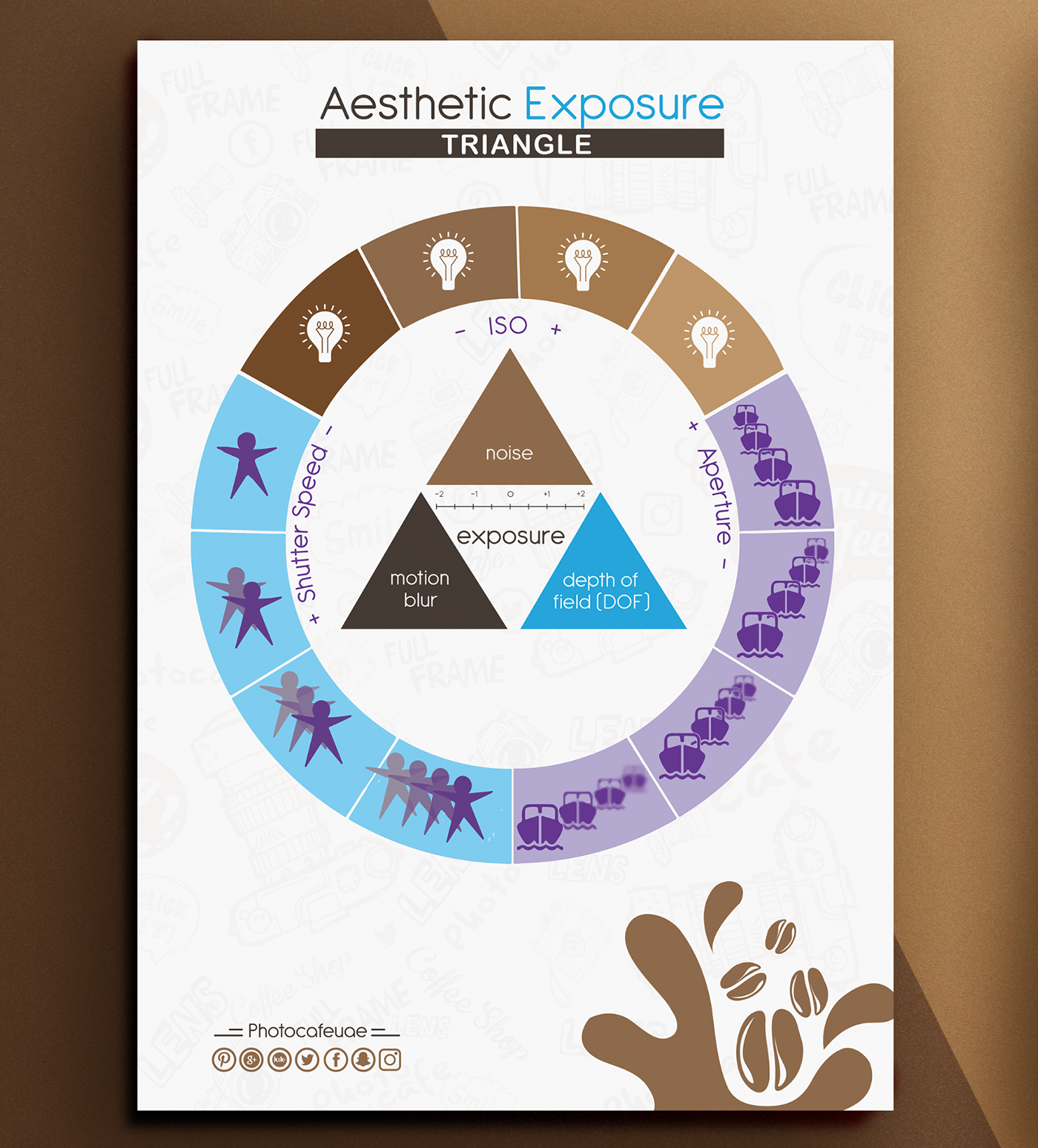Join Us To Find Crucial Digital Photography Ideas That Will Certainly Open Your Electronic Camera'S Potential-- Prepare To Record Sensational Pictures In No Time At All!
Join Us To Find Crucial Digital Photography Ideas That Will Certainly Open Your Electronic Camera'S Potential-- Prepare To Record Sensational Pictures In No Time At All!
Blog Article
Post Created By-Whitley Elmore
When you first grab your video camera, it can really feel frustrating with all the settings and choices offered. You could find yourself asking yourself just how to browse aperture, shutter speed, and ISO efficiently. Understanding these principles is essential, however there's more to photography than simply technical knowledge. Recognizing structure strategies and illumination conditions can raise your photos drastically. So, what happens if you could learn simple strategies to boost your abilities and start recording outstanding pictures faster than you believe? Let's explore exactly how to transform https://blogfreely.net/demetriusmarcel/just-how-to-build-a-photography-portfolio-that-stands-apart .
Comprehending Electronic Camera Setups
Comprehending your cam settings is crucial for catching sensational pictures. When you get your video camera, acquaint on your own with the three major settings: aperture, shutter rate, and ISO. Each plays an essential function in exactly how your images end up.
Begin with aperture, which regulates the quantity of light entering the lens. A bigger aperture (lower f-number) lets in a lot more light and produces an attractive history blur, ideal for pictures. On try this site , a narrower aperture (greater f-number) maintains even more of the scene in focus, ideal for landscapes.
Next, concentrate on shutter speed. https://zenwriting.net/adrian3481lizeth/typical-mistakes-new-photographers-make-and-exactly-how-to-avoid-them out the length of time your camera's sensor is subjected to light. A rapid shutter rate ices up activity, which is terrific for action shots, while a sluggish shutter rate can produce spectacular results like smooth water in landscapes.
Last but not least, adjust your ISO. This setup impacts your video camera's level of sensitivity to light. A greater ISO works in low-light scenarios yet can present noise or grain. Go for the most affordable ISO feasible while still attaining correct direct exposure.
Composition Strategies
When you're out shooting, structure can make all the difference in how your pictures reverberate with viewers. Begin by using the guideline of thirds; picture your framework divided into 9 equal sections with 2 straight and 2 upright lines. Placement key elements along these lines or at their junctions to create balance and interest.
Next off, take into consideration leading lines. These all-natural lines in your scene, like roadways or rivers, attract the viewer's eye right into the photo, guiding them through the story you're telling.
Do not forget mounting; usage components within your scene, like trees or windows, to create a framework around your subject, adding deepness and focus.
Also, watch on your background. A chaotic background can sidetrack from your main subject, while an easy one aids it stand apart.
Lastly, experiment with proportion and patterns; they can produce a striking image that records attention.
Learning Lighting Issues
Grasping lighting problems is vital for capturing sensational photos, as the appropriate light can change an average scene into something remarkable.
Begin by observing all-natural light at various times of the day. Mornings and late afternoons use the best light, known as the golden hour. The soft, warm tones throughout these times can enhance your images magnificently.
Don't shy away from cloudy days either; diffused light can reduce rough darkness and produce a pleasing effect, particularly for portraits.
Try out backlighting by positioning your subject against the light source. This method can produce a fanciful halo effect and add depth to your pictures.
Focus on your cam settings too. Adjust the ISO, aperture, and shutter speed to match the lights problems. A greater ISO can assist in reduced light, yet beware of grain.
Make use of a tripod in darker atmospheres to avoid blur.
Finally, do not neglect man-made illumination. Flash and constant lights can be wonderful tools for controlling light in challenging problems.
Verdict
To conclude, understanding your electronic camera does not have to be overwhelming. By understanding your setups, using make-up strategies, and utilizing the power of natural light, you'll rapidly boost your digital photography skills. Bear in mind, exercise makes best, so venture out there and explore your newly found expertise. With time and dedication, you'll be catching stunning pictures that show your unique point of view. Enjoy the journey, and do not forget to have a good time while you're at it!
